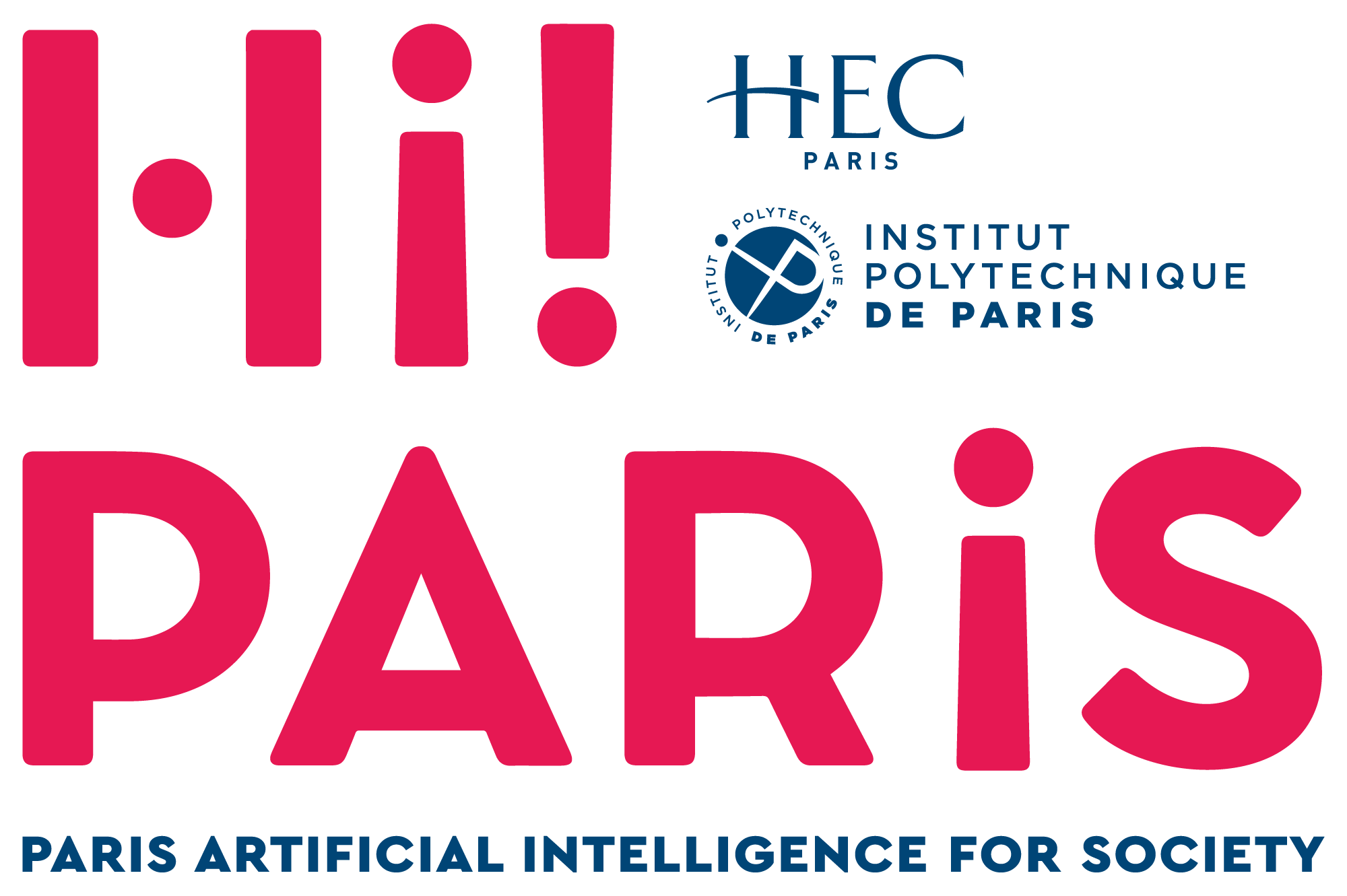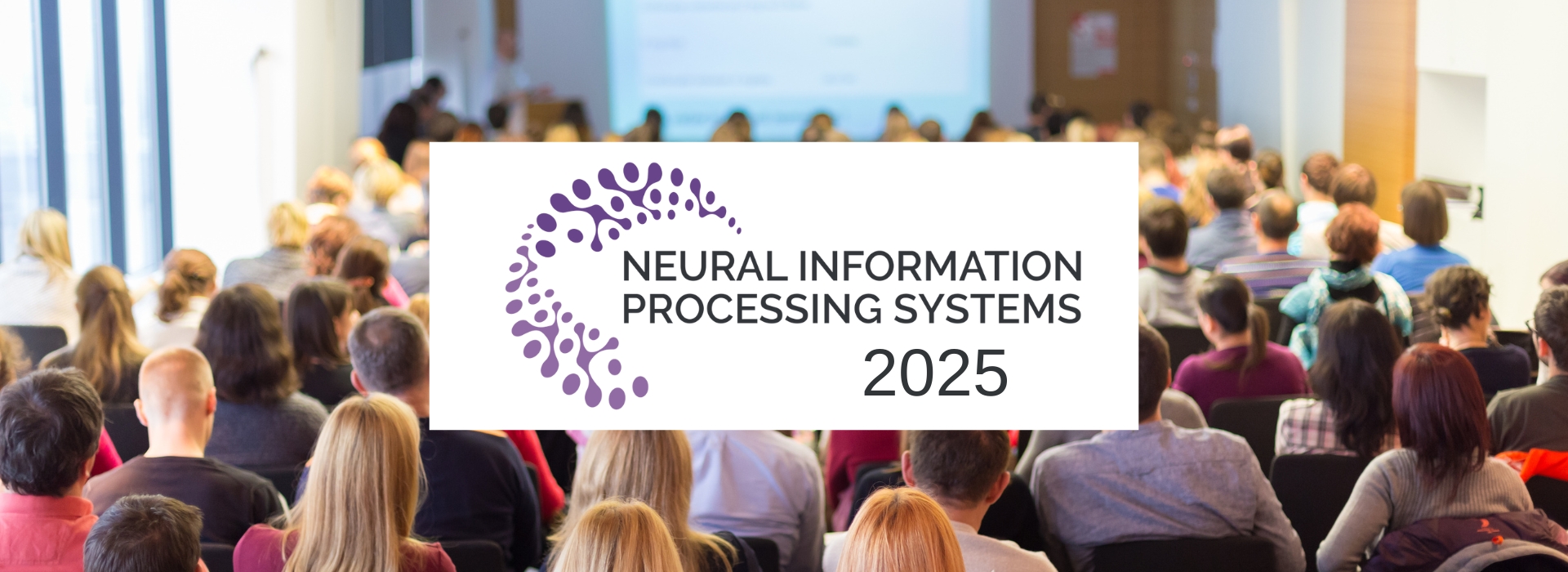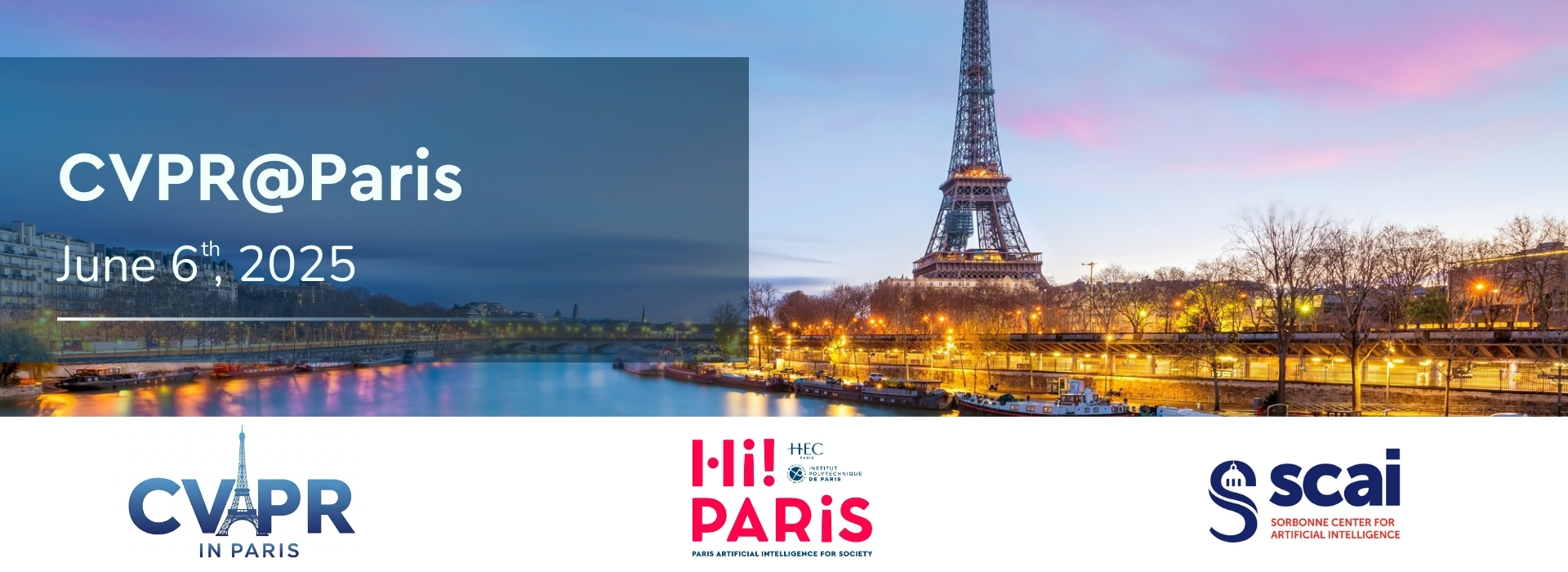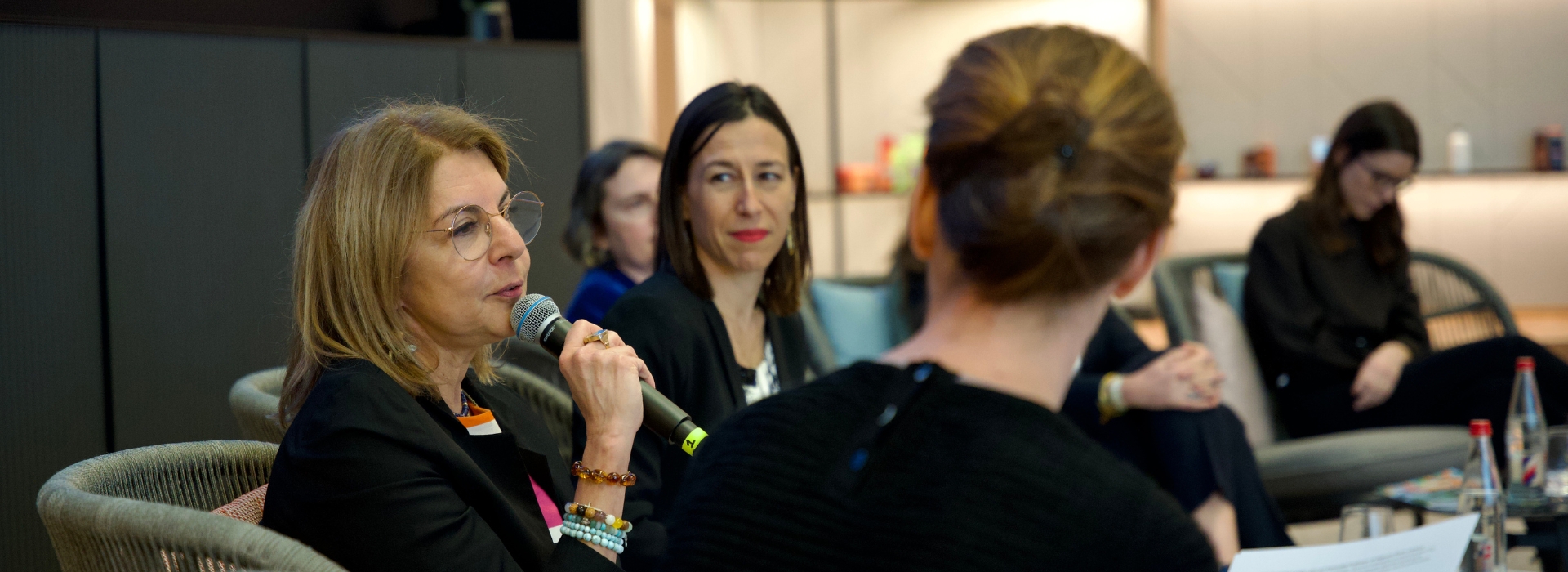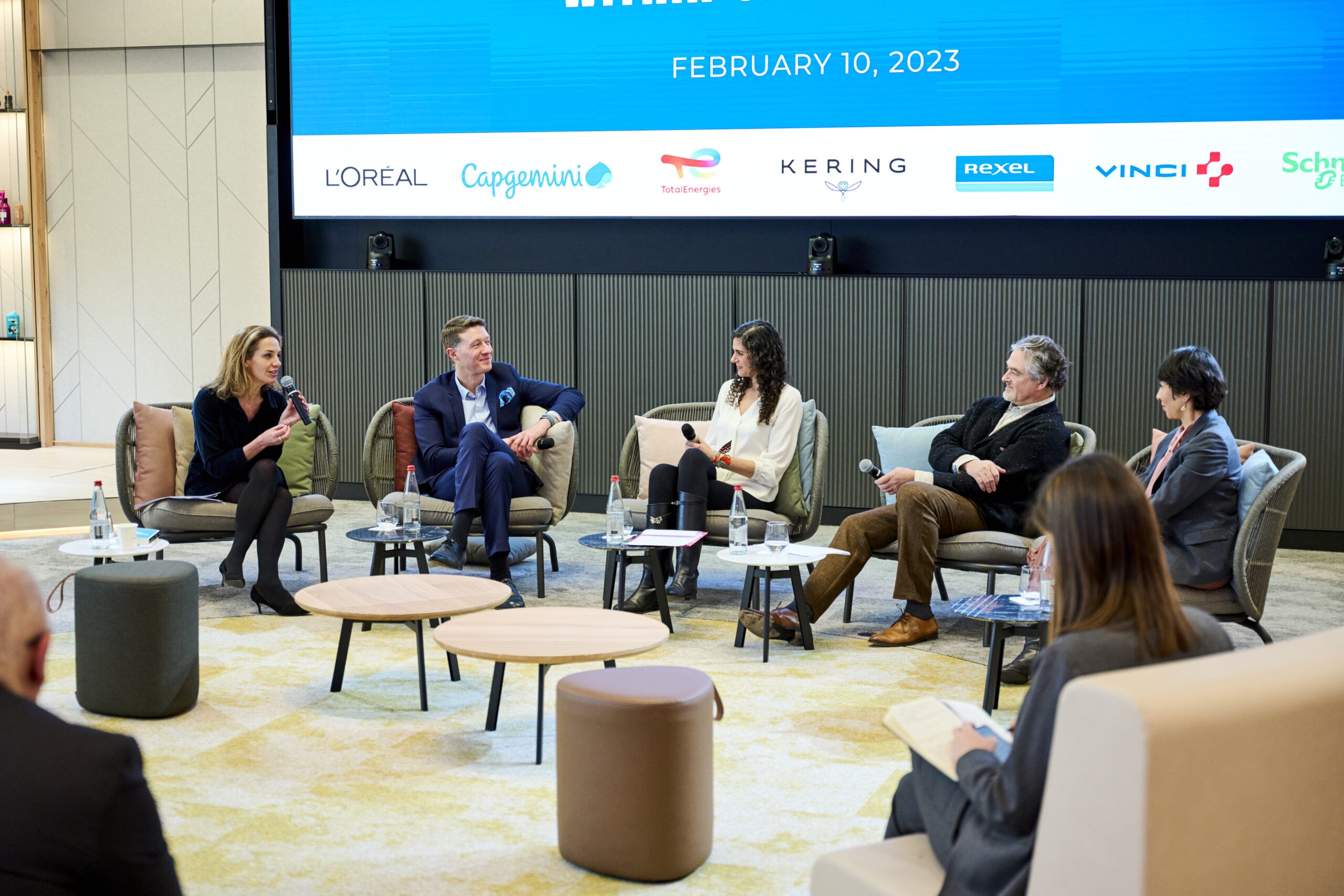This year, 36 papers from Hi! PARIS affiliated researchers have been accepted at NeurIPS 2025, one of the world’s most prestigious conferences in artificial intelligence and machine learning., highlighting the strength and breadth of our research across partner institutions.
A strong showing that reflects our continued commitment to advancing the frontiers of AI for science, business, and society.
Hi! PARIS is proud to co-organize CVPR@Paris 2025, a one-day local event designed as an inclusive and sustainable alternative to the CVPR conference, traditionally held in the U.S. Taking place on June 6, 2025, in the heart of Paris, the event will bring together researchers, students, and authors of accepted papers at CVPR 2025, CVPR […]
We believe in the transformative power of science. And that is why we advocate for inclusion. On February 14, 2025, our roundtable on “Breaking high-school barriers: Empowering girls to envision themselves in STEM” gathered scientists, executives, and educators to confront an uncomfortable reality: despite decades of initiatives, women remain significantly underrepresented in STEM. The early […]
In a groundbreaking event aligned with UNESCO’s International Day of Women and Girls in Science, Hi! PARIS Center is organizing a round table on February 9, 2024. The focus is a critical and often overlooked question: “What can men and boys in science do for women and girls in science?”
